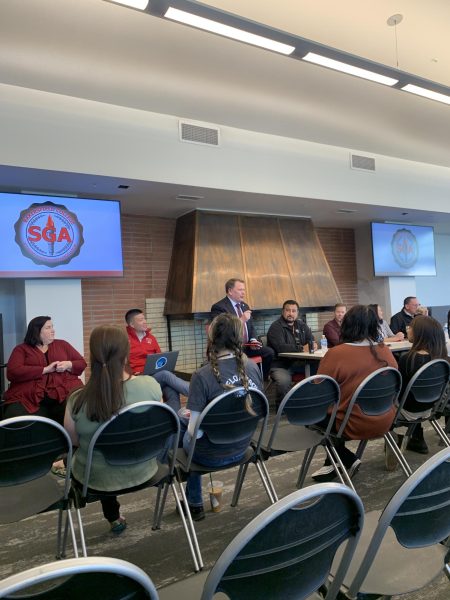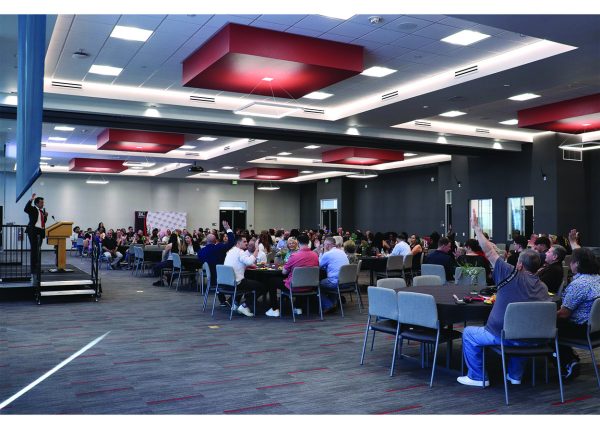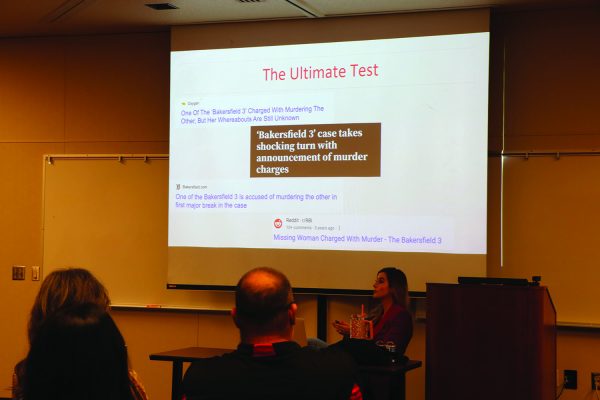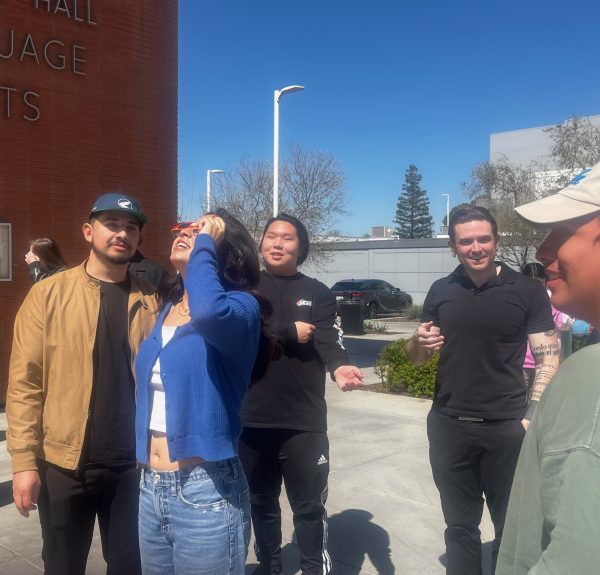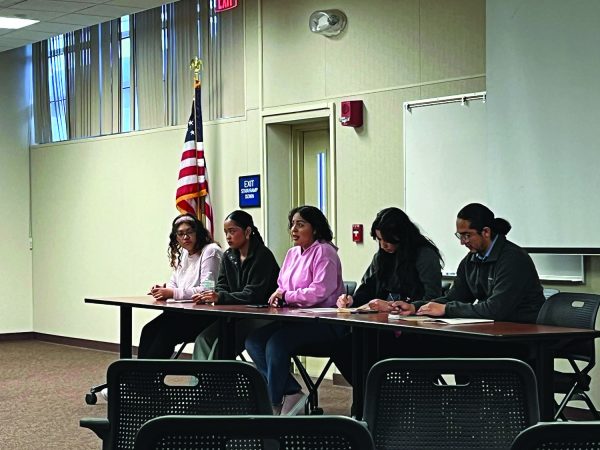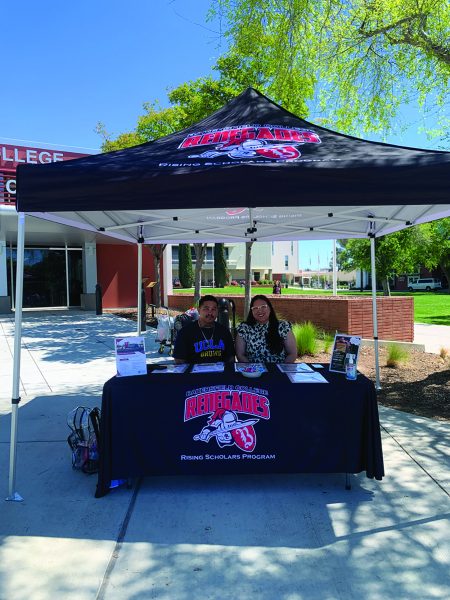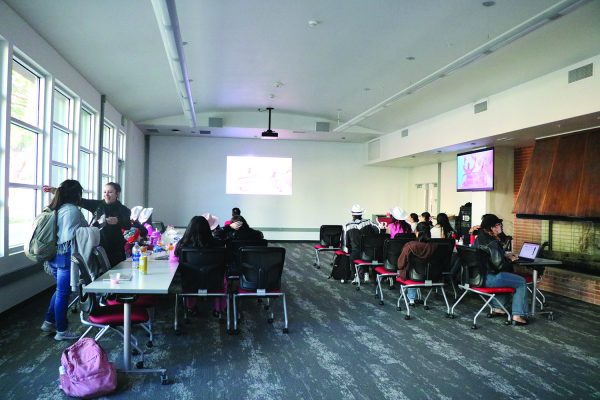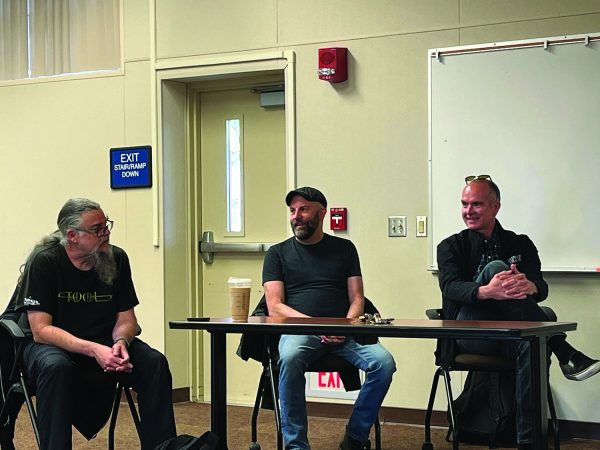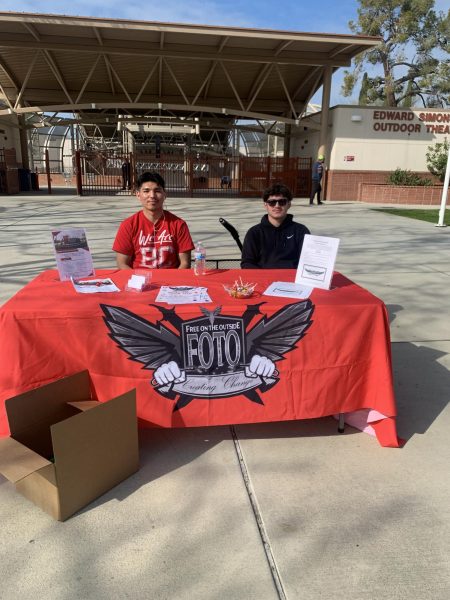Guided Pathways will provide assistance to lost students
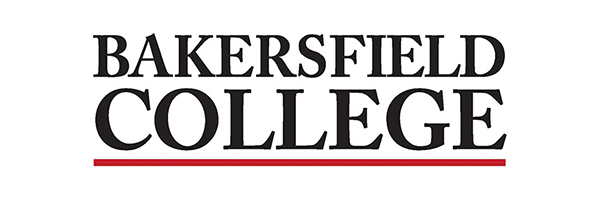
February 15, 2017
Bakersfield College has joined the Guided Pathways project, which will navigate the average student to a faster graduation process by showing them what they exactly need for a major and how to stay on that path.
On Dec. 7, 2016, a group of college leaders met in Sacramento to announce the official launch of the California Guided Pathways project.
The project will soon help up to 20 community colleges that are located in California. Each college will commit to have implemented Guided Pathways for all incoming students by 2019.
BC is one of three schools in California who have partnered with the American Association of Community Colleges, along with Irvine Valley College and Mt. San Antonio College, to start the Guided Pathways project.
Thirty other schools nationwide have joined the project.
Many college students go into college signing up for classes without being prepared, meaning they don’t have a particular major chosen.
Guided Pathways is a project that helps students who are undecided get their education done at a faster rate than doing it alone.
In California alone, only 39.6 percent of students who start school unprepared are likely to finish and complete school after six years of education. Schools that have joined the project want to make that number go up by following the model explained by Nancy Pryor, the director of communications for the Foundation for California Community Colleges.
Pryor says there are four things the model goes through: Clarifying the path and career options for students, helping students explore programs of study, tracking students through this process, making sure students have learned all the basic skills and learn more advanced skills along the way.
According to Pryor, clarifying paths and options for students will simplify students’ choices with program maps that will be developed by the school that would help a student complete or further their education. It would also establish a transfer pathway to optimize applicability of community college credits to university majors.
Helping students choose and enter a pathway would bring early education together for students in their last year of high school to help them explore academic and career options before they go to college, so they can succeed in college level courses, Pryor said.
By making sure students are staying on their path they will be even more persistent with the path they chose. A strong advising process that would help a student make the right choices and offer more clarity about career and transfer opportunities they can choose from at the end of their paths.
And by ensuring that students are learning it would establish program-level learning skills and effectively practice the skills they have been shown to fill the requirements for success in employment and in further education as well, Pryor said.


